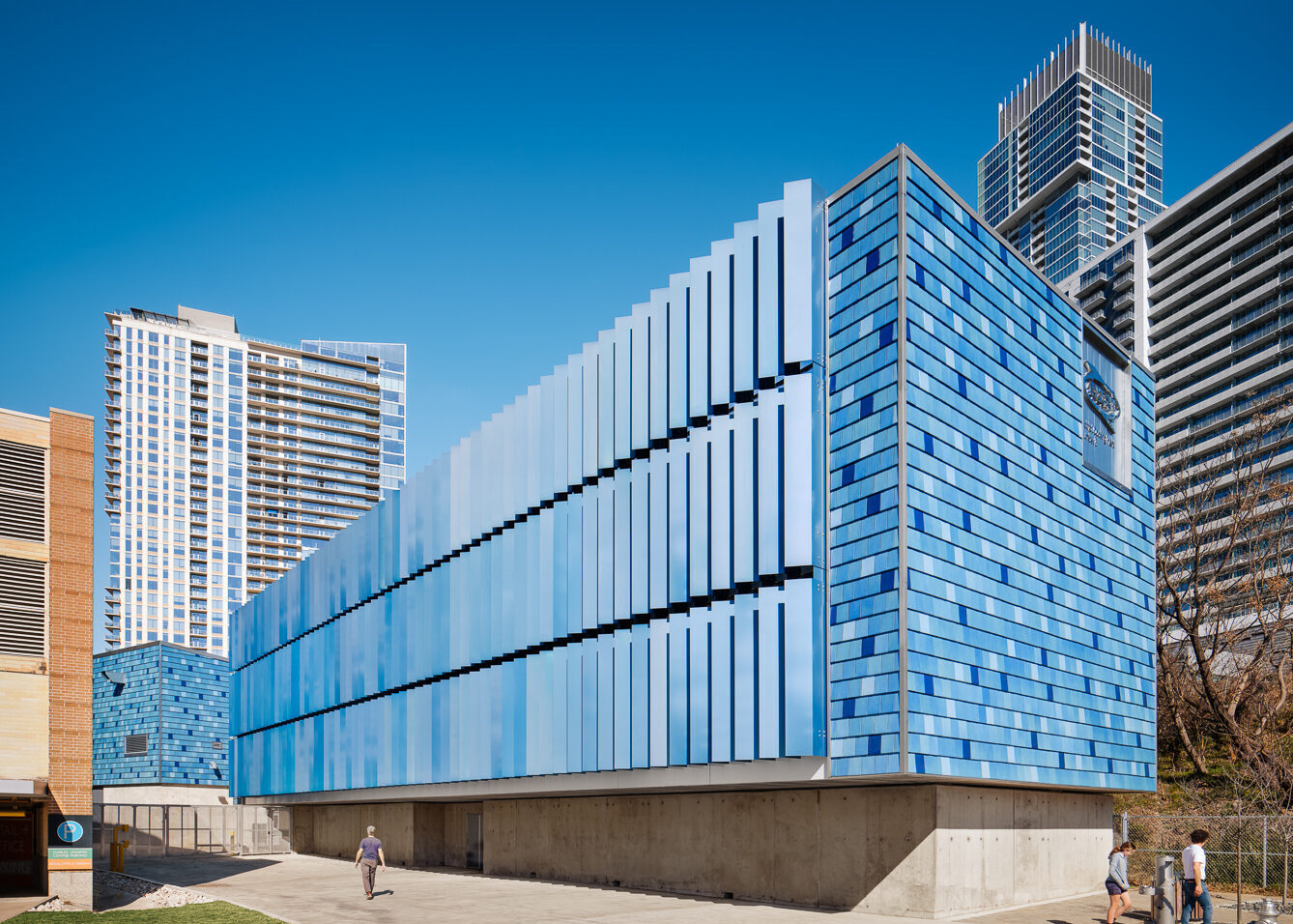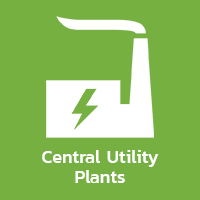Rapid Population Growth Puts Added Pressure on Cooling Plants
The Austin metro area is experiencing tremendous growth. Neighboring Georgetown, Texas in Williamson County was ranked the fastest growing city in the U.S. according to 2010’s census data. Neighboring Hays County south of Austin was ranked the third-fastest-growing county in the nation in 2016. Within the city limits, Austin’s population increased 16 percent between 2010 and 2015, adding 122,930 people. It’s no secret, Austin is a popular place to be!
Since 1999 Austin Energy’s Downtown District Cooling System has provided chilled water to many of the downtown buildings to meet their HVAC requirements. The chilled water is distributed from the two existing plants to individual buildings through underground pipes and heat exchangers in customers’ mechanical rooms. This cooling system covers around 9.5 million square feet with a total load of 20,000 tons.
With the rapid growth and new construction downtown, the city needed to install a third cooling plant to cover an additional 5-10,000 tons of chilled water capacity with 10-12,000 gallons per minute (GPM) pumping capacity to meet the increasing demand. The available site was a crescent-shaped, narrow piece of land between a residential tower and railroad track at 812 ½ West 2nd Street.
View photos of the project design online here.
Project Challenges & Resolutions
The property presented multiple challenges to EEA’s design team:
Difficult Property Size and Shape
The narrow, curving tract – 350’ long and 60-65’ wide on 0.6 acres – was difficult for the city to develop for commercial use. The curve of the property resulted from the elevated Union Pacific Railroad track that runs along the north edge then curves southward along the east property line. The railroad’s Right of Way (ROW) requirements of 25’ either side of the centerline as well as the significant receding slope down from the track presented a significant challenge for access to and construction on the site.
Limited Site Access
On the east edge of the property, a retaining wall will be installed to maximize buildable space next to the Railroad ROW. On the Northwest, a private drive exists which limits thru traffic. To the South, there’s limited site access for construction equipment vehicles due to a low bridge underpass coming in from the east and a tight turning circle to the west. These factors required detailed schedule coordination by EEA and the design team.
Capitol View Corridor Land Restrictions
The property also sits in the Capitol View Corridor, which is part of city and state codes requiring a clear view of the Capitol building from various points throughout the city. The site was positioned on the Lamar Bridge Capitol View Corridor and in this specific location, the maximum building height is 40’. This ruled out stacking and multi-floor options on the site.
Excavation and Structural Constraints
The depth of belowground construction for the cooling plant is limited by a fairly new set of 24” CHW Supply and Return pipes connected to the loop about 5-8’ below grade. Excavation cannot occur in certain locations due to these pipes. Another structural constraint preventing excavation and building underground was due to the railroad vibration limitations.
Fire Department Requirements
During the Request for Qualifications phase, the city discovered that there were areas of the site that were more than 150’ from an accessible roadway causing the need for a fire lane to run through the narrow site. Austin Fire Department requires a 25’ fire lane. The project team worked with the Austin Fire Department to address firefighting equipment concerns and could reduce the 25’ requirement to 20’ through the site. This variance will allow the cooling plant to have room for maintenance and access to areas around the chillers.
Noise Issues Affecting Neighbors
Noise mitigation during the construction phase and during operation was recognized as an issue by the city since high rise residential towers are to the west and east of the new plant. Austin Energy self-imposed a 70 dBa or less sound limit at the property line. While most of the equipment will be contained inside a building that was designed to absorb the noise, the cooling towers are required to remain outside to facilitate proper functioning of the equipment. The design team used acoustical louvers and velocity recovery stacks to address the noise from the cooling towers and meet the 70 dBa requirement. Austin Energy and our architectural team member Cotera+Reed Architects presented an overview of DCP3 to the Downtown Austin Neighborhood Association.
Public Usage Design Specifications
Requirements of Art in Public Places for new construction within the City of Austin desires the plant to look nice as well as be functional to keep the residential and commercial neighbors happy. The north end of the property will interface with another city project establishing a hiking and biking trail with a railroad underpass and with a high likelihood of pedestrians passing through.
Geotechnical Investigations
After the project started, the geotechnical consultant determined that fluidic soils were driving a Seismic Site Class E condition, which is for high seismic activity. In order to reduce the Seismic Site Class, the design team employed a sub-contractor to perform a Multi-Channel Analysis of Surface Waves (MASW) test, which sends electronic waves through the ground to analyze the conditions of the soil. With the use of this technology, in conjunction with the soil samples which were previously taken, the geotechnical consultant was able to confirm a Seismic Site Class C condition, which is typical for Austin.
EEA’s Design Solution
Regular Communication
Throughout the design process, EEA maintained regular communication both within the design team and with the client to ensure Austin Energy’s vision of the plant’s design was achieved. As new project challenges surfaced, we frequently discussed the various courses of action and coordinated with the appropriate stakeholders to arrive at the best design solution for the challenge.
Out-of-the-Box Creative Thinking
There were many meetings where our team negotiated inches of height, fire lane sizing, small areas of floor space, and more to achieve a working design. The constraints were a catalyst for us to be creative and work together to achieve design goals.
One of the most helpful tools was the BIM software because we could easily identify any interdisciplinary design clashes, which prompted minor design changes on a few occasions. This will ultimately save time and money as the plant is constructed.
Strong Project Management Leadership
We employed consultants’ strengths to our collective advantage to achieve both an energy efficient plant that added value to the current chilled water utility infrastructure, and also fit seamlessly into the Seaholm Ecodistrict, which added value to Austin citizens.
Having Cotera+Reed on our team to help design a beautiful, functional building as well as Urban Design Group (Now acquired by Dunaway) to help navigate the city’s permitting processes and civil design requirements was extremely valuable. Both firms were heavily involved in the project’s public outreach efforts, which was a tremendous help. Additionally, JQ+Tsen was instrumental in formation of innovative structural solutions that enabled our design team to fit this building onto the uniquely shaped site.


